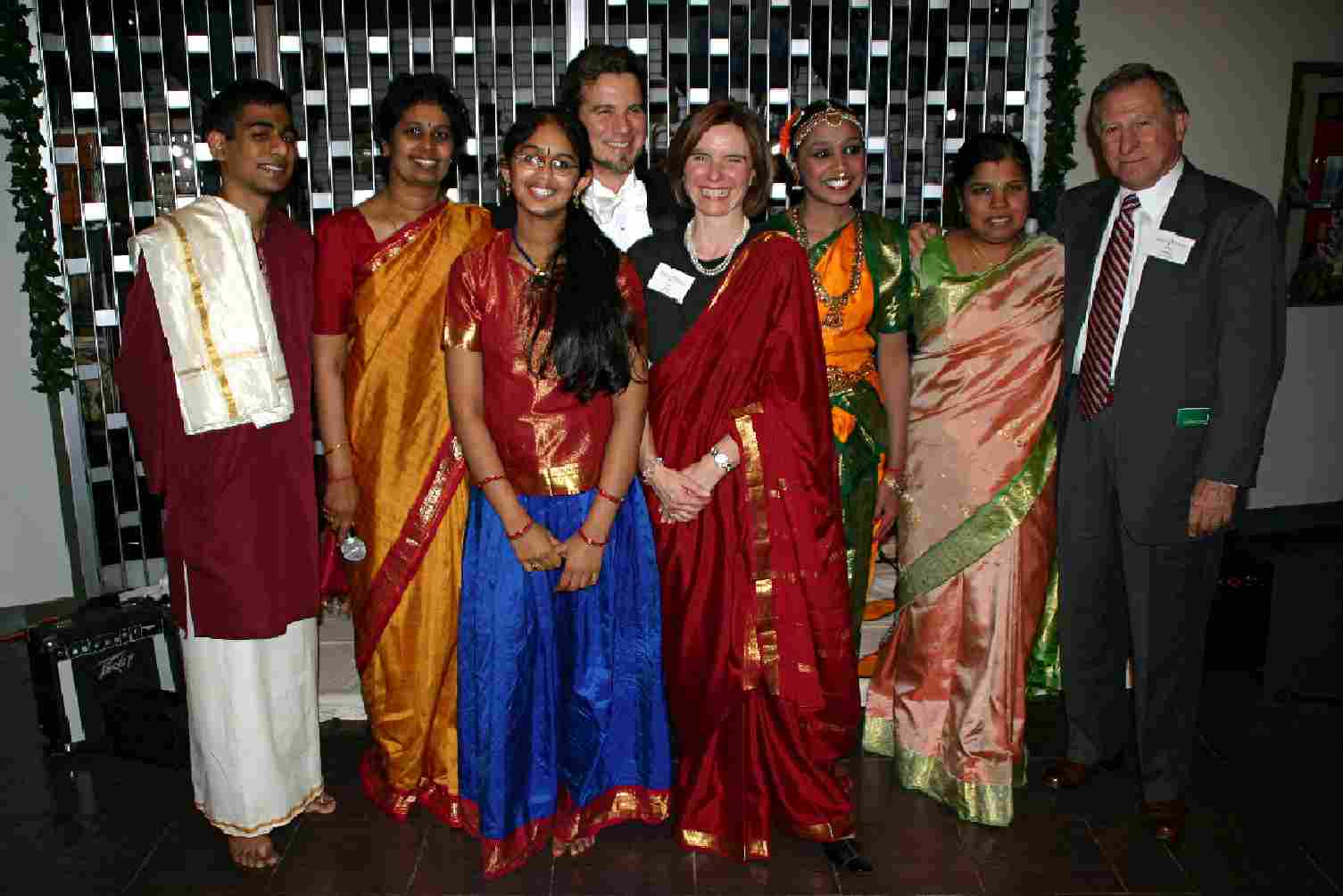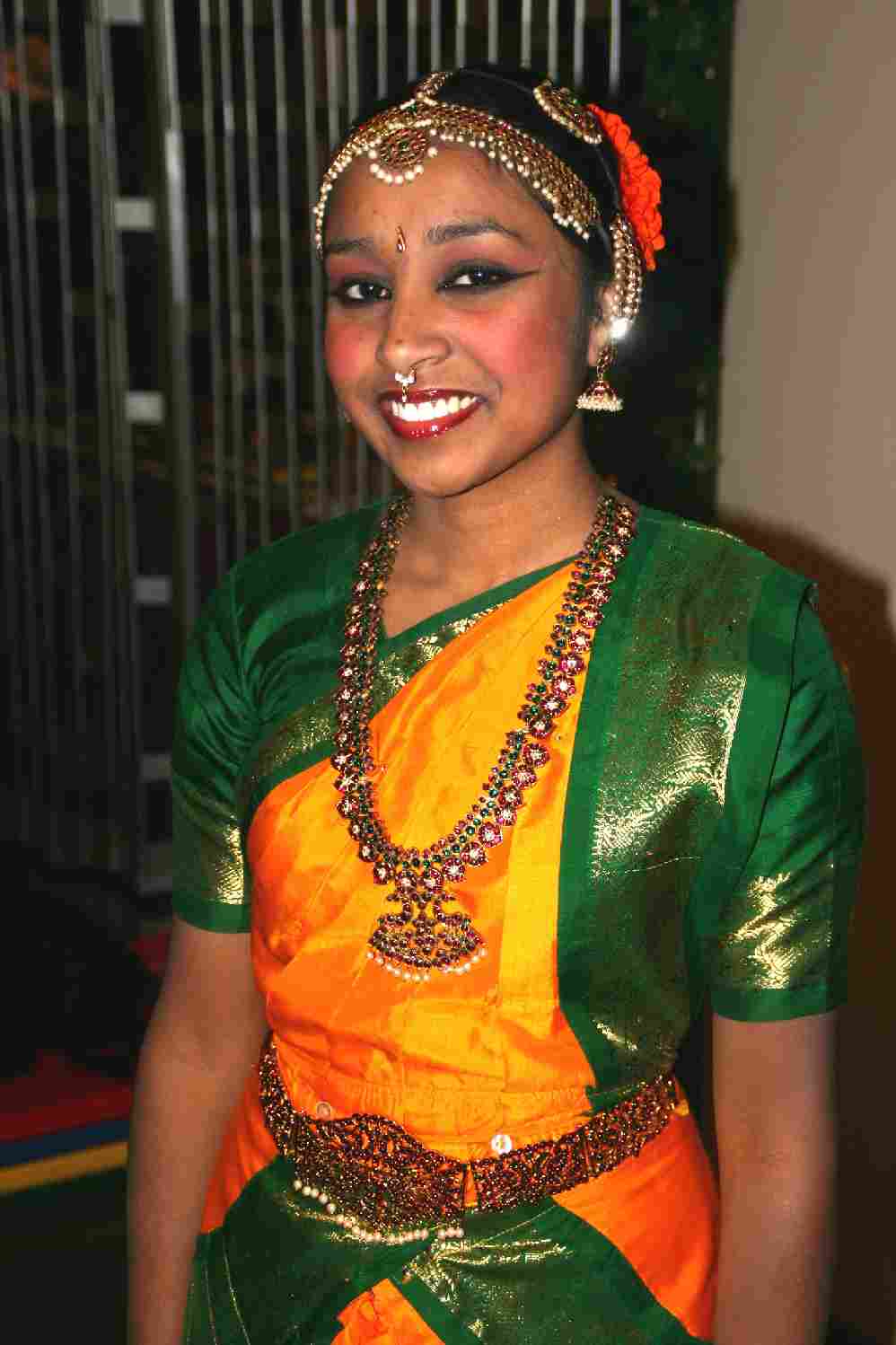Contribute
| Savitri - Two Different Perspectives |
Contributors: Rebecca Hawkins and Nandini S
11/13/2006
If the history of the world was told through the story of the development of art rather then than descriptions of bloody wars humankind would perhaps be better served. Artists across cultures recognize the unity of spirit and perceive the spirituality of art no matter what the cultural origin. True artists perceive work of other artists especially those from other cultures as sources of inspiration. Gustav’s Holst’s opera is a fine example of this reality. An English composer, he sought to find in the literature of India, a country enslaved by his own, an inspiration for a new creation. Savitri was one such find that inspired him to create an English opera. Its creation had tremendous impact on English music as whole. When the Lexington Symphony, a professional orchestra from Lexington, MA, was looking for an interesting piece to perform for the fall season, conductor Jonathan McPhee, who is also the conductor of the Boston Ballet, proposed Savitri. “I always had a fondness for this piece. For its success I needed to find the right tenor and baritone. When I heard Ray Bauwens, tenor sing I knew I had found Satyavan. Robert Honeysuckle was right for the role of "Death" and Valerie Nicolosi, soprano for Savitri" said McPhee The result was an exquiste performance that delighted the hearts of the hundreds of residents who attended the event on November 4, 2006 at the National Heritage Museum in Lexington. “When the idea was first presented to me I was very intrigued. Despite this being a very important Indian story there were no standard Bharatanatyam choreographies that told this story. So I had to create something from scratch. This is always a wonderful opportunity for any choreographer†said Ranjani Saigal who created an “Ekangi Abhinaya’ which was performed by her student Amudha Pazhanisamy. “Since this was not a traditional piece pre-recorded music was not an option. Geetha Murali, the leading Carnatic vocalist in New England kindly agreed to help us out. †said Ranjani Saigal. Rasika Murali student of Tara Anand provided the violin accompaniment, while Arun Saigal, student of Pravin Sitaram played the Mridangam. "Geetha set the music and guided the youngsters in providing the accompaniment" . Geetha's Bhava laden singing was a treat for the listeners. With her great talent for Abhinaya, Amudha single-handedly brought to life the different characters in the story in the typical Bharatanatyam fashion. In Ranjani's version, the story had three characters - Savitri (heroine) , Narada (her sage perceptor companion) and Yama. The focus of this version was as in the original story, on the concept of "Dharma or Righteousness conquering all". Geetha fabulous singing along with outstanding rhythm and melody support from Arun Saigal on the Mridangam (two-headed drum) and Rasika Murali on the Violin provided the right accompaniment for the dance. Ranjani Saigal acted as the Sutradhar and did the nattuvangam. Her narration was as enlightening as it was entertaining. For the audience it was delightful evening where they witnessed some beautiful artistic presentations and also had the opportunity to savour
The story is a part of the epic Mahabharata where Veda Vyasa depicts Savitri as the ultimate "Dharma Patni" who because of the power of her Dharma, could defeat Yama himself. Holst has a different angle on the story where he portrays this as a love story with the theme of “Love Conquers All Even Deathâ€. He uses the Opera to present two Indian ideas - that of Maya and the concept of Death not being the ultimate end or evil. Savitri refers to death as the “Holy Oneâ€.
Since this was an Indian story Liz Steele and the other members of the Board of the Lexington Symphony Orchestra thought it would be interesting to present a contrasting view of this story in dance form from the Indian perspective.
The evening made the audience believe that "Lexington, MA" was the home of great art rather than just think of it as the home of an important battle.
To read more reviews on the Opera click on www.lexingtonsymphony.org
You may also access this article through our web-site http://www.lokvani.com/

